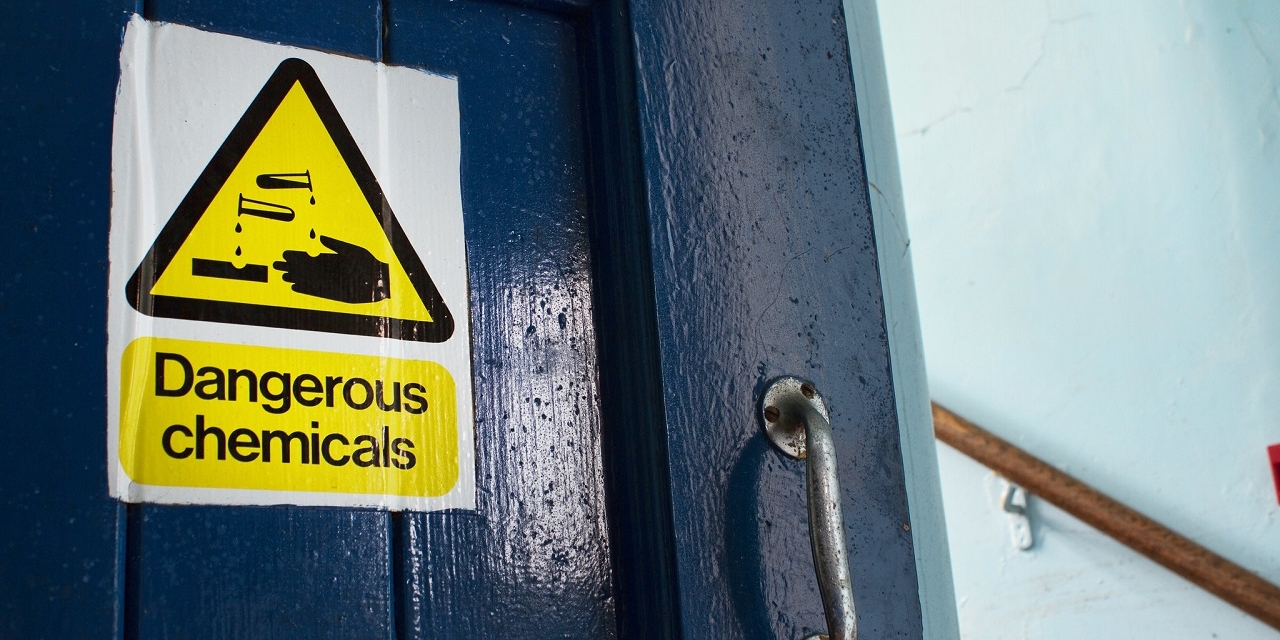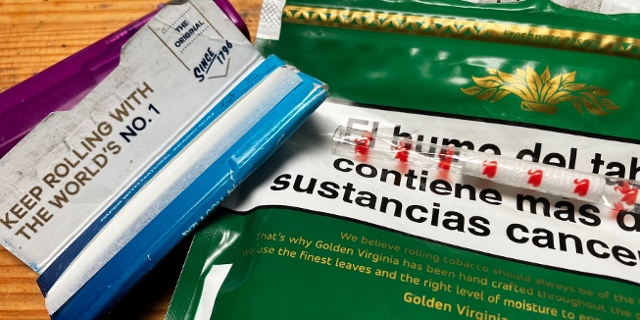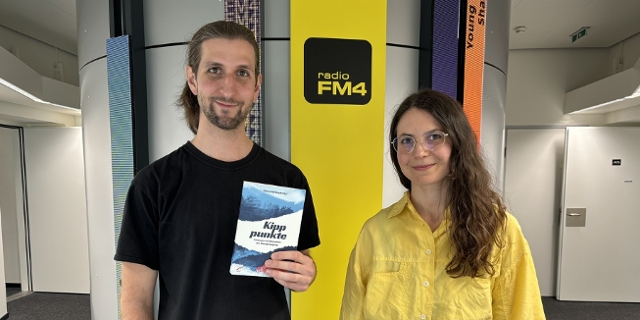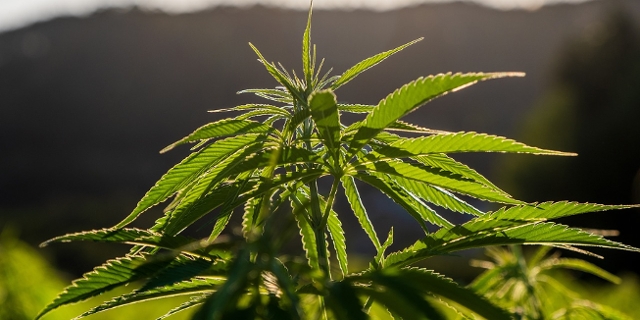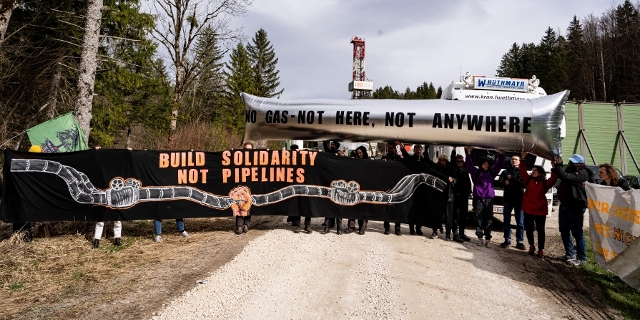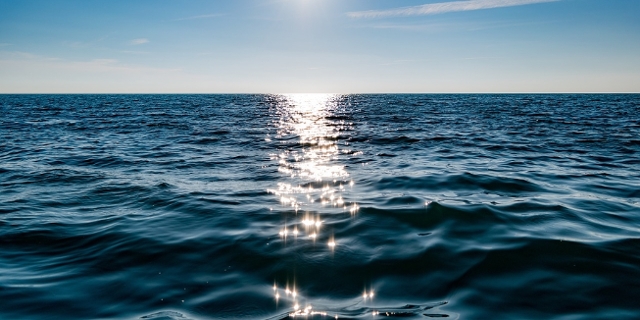A toxic delay on phasing out harmful chemicals
More than 190 million synthetic chemicals are registered globally. The problem is that many of them are harmful to human health. They have been linked to cancers, hormonal disruption, obesity, diabetes and declining fertility. They are also accelerating biodiversity decline. Indeed scientists speak of an imminent “planetary boundary” beyond which our burden of toxicity will cause global ecosystems to break down. The stakes are high.
That’s why exactly a year ago, on the 25th April 2022, the EU launched its “Restrictions Roadmap”, part of its European Green Deal, which aimed to create a less toxic environment for Europeans. The plan was to rapidly ban thousands of the most notorious chemicals still found in consumer products. It was expected to impact 12,000 substances.
The plan delighted NGOs 12 months ago. “It was very ambitious,” remembers Hélène Duguy, the law and policy adviser at the environmental NGO, Client Earth. “The promise by the European Commission was really to reach a non-toxic environment. For that we needed bans of the most harmful chemicals. The roadmap was there to plan how those bans would be implemented over the coming years. The aim was not only to make sure we have such bans as soon as possible, but also to make sure that these bans would be genuinely protective.”
It was to be the “largest ever ban of toxic chemicals” crowed Hélène’s allies from the European Environmental Bureau, but he proof of the pudding was always going to be in the tasting. And already 12 months ago, a dismayed chemical industry, fearing loss of revenue and higher overheads, was mobilizing its powerful lawyers and lobbyists. A year on the plan doesn’t look nearly as ambitious, complains Hélène Duguy.
Indeed Client Earth and the European Environmental Bureau have released a joint report that details in damning detail their dissatisfaction at the progress made so far. Hélène says are still too many loopholes and too many delays. Instead of being fast and comprehensive, the roadmap is proving slow and overly complicated. And the result, they say is that we, the European consumers, are the losers.
“It’s very complicated indeed. And that’s why it’s so difficult also for consumers and citizens to understand how it works,” complains Hélène. “That is unfair because, of course, you expect the daily product that you see in your supermarket to be safe because the government has allowed them to be there in the first place. The reality is quite different from that.”
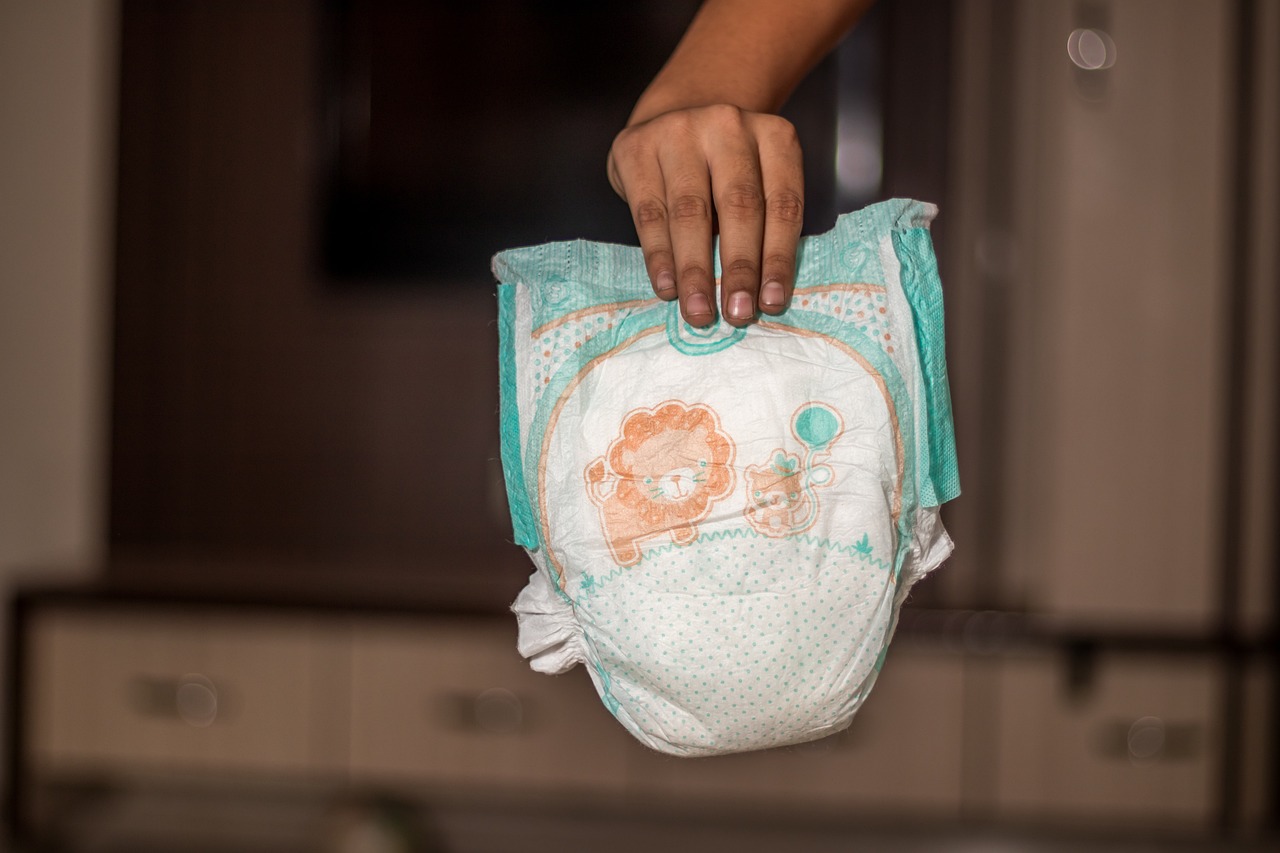
Pixabay / CC0
Bisphenols can be found in baby nappies, among others
Hélène uses the example of bisphenols, a group of around 200 chemicals that have been known since the 1950s to be interfere with the hormonal system. “It was really good news to see that there is a planned restriction in the roadmap for these chemicals that are classified or identified as endocrine disruptors. But then when you look at the restriction as it is currently proposed, it only covers 5 bisphenols out of around 200.” That she says is not nearly wide-ranging enough.
Bisphenols are found in receipt paper, food and beverage containers, food packaging, DVDs and CDs, medical equipment, toys, automotive parts, water bottles and some dental sealants. One notorious bisphenol is BPA. EU food safety officials announced this month that the average European is exposed to unsafe levels of BPA and our exposure should be reduced by a factor of several thousand.
So what should happen? Well, Hélène demands more “efficient” and “effective” processes to phase out use of harmful chemicals. She wants an emphasis on visibility and transparency so we know more about the synthetic chemicals that we are being exposed to. “We need to be more effective in dealing with the risks,” she says.
As a non-expert I found the report highly disturbing to read; particularly when it listed the harmful chemicals still used in the nappies worn by our babies, the most precious and innocent of European citizens. I asked Hélène is she was concerned about raising anxiety levels in the European public. Was the report alarmist?
“We don’t want to cause anxiety unnecessarily but we want to warn people about the facts,” she countered. “When people are informed they push their political representatives for change. As NGOs we are the representatives of cities society, and we are really trying to shed light on what’s really going on.”
The European chemicals industry trade association has called for „patience“ while assessing the progress of „an initiative of such magnitude“ and pointed to „a well-known regulatory process“ in place.
Publiziert am 25.04.2023







